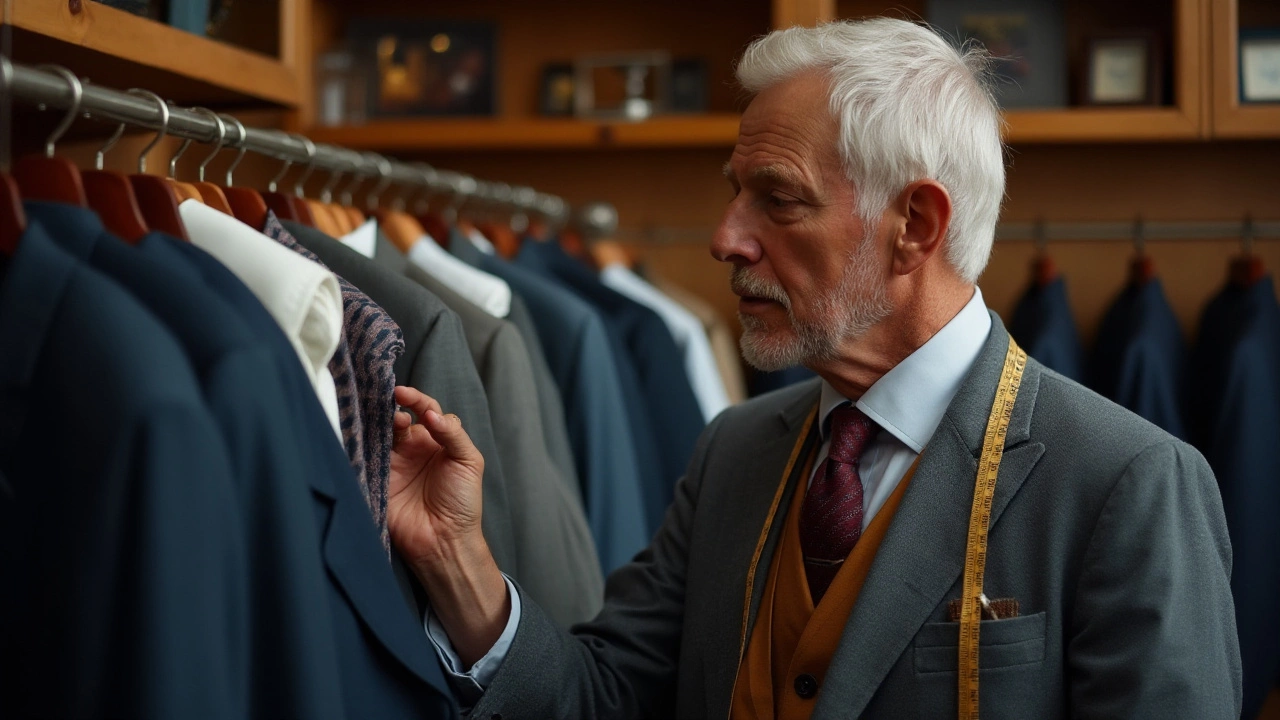Buying Suits – The Complete Guide to Getting the Right One
When you start buying suits, you’re looking for a garment that fits your body, matches your budget, and aligns with current style trends. Also known as suit shopping, the process blends personal taste with practical considerations. Another key player is suit price, the cost range you’re willing to spend, usually measured against fabric type, brand reputation, and construction details. Understanding price helps you set realistic expectations before you even try on a jacket. Equally important is suit quality, the durability and finish of the garment, which depends on stitching, lining, and fabric weight. High‑quality suits often last longer and look sharper, making them a smarter long‑term investment. Finally, men's fashion, the broader style landscape that dictates what cuts, colors, and patterns are in demand, shapes every decision you’ll make while shopping.
Buying suits isn’t just a transaction; it’s a mini‑project that asks you to balance three core attributes. First, you evaluate suit price against the features you need – a £200 suit might offer decent fabric but lack a full canvas lining, while a £600 option could provide better drape and longevity. Second, you assess suit quality by checking seam work, button material, and the feel of the wool or blend; a good quality suit will retain its shape after multiple dry‑clean cycles. Third, you keep an eye on men's fashion trends like slim versus classic cuts, the rise of neutral palettes, or the comeback of patterned jackets. By connecting these three dots, you create a clear decision tree that guides you from the rack to the checkout.
Practical Steps to Master Buying Suits
Start with a budget check: decide the maximum you’ll spend and then hunt for brands that sit within that range. Look for reviews that speak to both suit price and suit quality – many fashion blogs and forums break down the cost‑to‑value ratio for popular labels. Next, consider the occasion: a formal event calls for a traditional navy or charcoal, while a creative workplace might welcome a subtle check or lighter hue. When you try on a suit, pay attention to shoulder fit, chest ease, and sleeve length; these are the pillars of a good fit and often reflect the underlying quality. If the jacket feels stiff or the lining slides, it’s a sign the construction isn’t up to par. Lastly, stay updated on men's fashion cycles; a style that’s trending now might feel dated in a few years, affecting how often you’ll wear the piece.
By now you should see how buying suits weaves together price, quality, and fashion trends into a single, cohesive process. Below you’ll find a curated set of articles that dive deeper into each of these aspects – from decoding the $200 suit price debate to mastering masculine color choices and picking the best jacket brands for every season. Use these resources to sharpen your knowledge, avoid common pitfalls, and walk away with a suit that truly fits your life and style.
- Cleo Fairchild
- Dec, 22 2024
- 0 Comments
Evaluating a $300 Suit: Worth the Price or Not?
With $300, a buyer looks to find a balance between cost and quality in the world of men's suits. This price range often offers an array of options that may feature solid fabrics and decent stitching. Exploring whether it's worth investing in such a suit involves comparing materials, fit, and brand reputation. Also, knowing how to care for the suit ensures longevity and satisfaction with the purchase.
